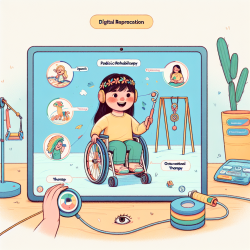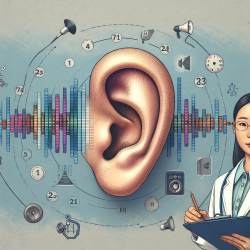Enhancing Practitioner Skills with Wh-Questions Research
In the realm of speech-language pathology, making data-driven decisions is paramount to creating optimal outcomes for children. A recent study titled The comprehension and production of Wh-questions among Malay children with developmental language disorders: Climbing the syntactic tree offers invaluable insights for practitioners working with children who have developmental language disorders (DLD). This blog aims to help practitioners enhance their skills by implementing the findings from this research or encouraging further exploration into the topic.
Key Findings of the Study
The study investigated the comprehension and production of Wh-questions in Malay-speaking children with DLD. The primary focus was on two types of Wh-questions: "who" and "which." Here are some critical findings:
- Asymmetry in Comprehension: Malay children with DLD showed a selective impairment for "which" NP questions compared to "who" questions. This asymmetry was also observed in typically developing (TD) children, albeit to a lesser extent.
- Production Preferences: Both children with DLD and younger TD children showed a preference for in situ Wh-elements, a structure common in colloquial Malay but not in the standard form used by age-matched TD children.
- Non-Adult-Like Strategies: Children with DLD often used non-adult-like strategies to avoid complex sentences, such as substituting with yes/no echo questions, producing incorrect Wh-questions, or using generic Wh-elements.
Practical Implications for Practitioners
Understanding these findings can significantly impact how practitioners approach therapy for children with DLD:
- Focus on Specific Wh-Questions: Given the selective impairment in "which" NP questions, targeted interventions can be designed to improve comprehension and production of these specific structures.
- Utilize Colloquial Structures: Leveraging the natural inclination of children with DLD to use in situ Wh-elements can serve as a stepping stone towards mastering more complex structures.
- Address Non-Adult-Like Strategies: Recognizing and addressing the use of non-adult-like strategies can help in gradually introducing more complex sentence structures in therapy sessions.
Encouraging Further Research
The study underscores the need for more research to understand the intricacies of Wh-questions in different languages and developmental stages. Practitioners are encouraged to delve deeper into the topic to refine their therapeutic approaches further.
To read the original research paper, please follow this link: The comprehension and production of Wh-questions among Malay children with developmental language disorders: Climbing the syntactic tree.










